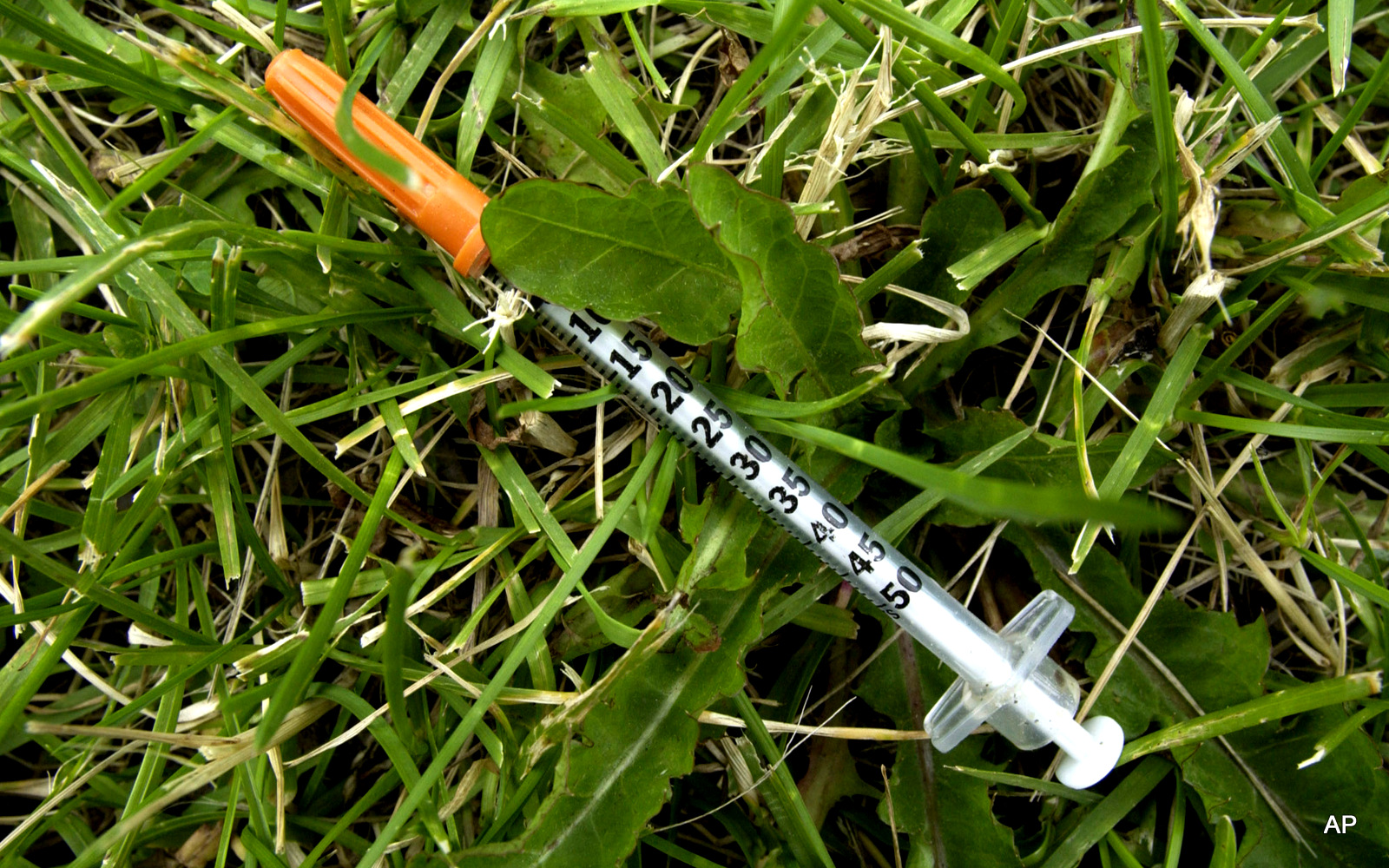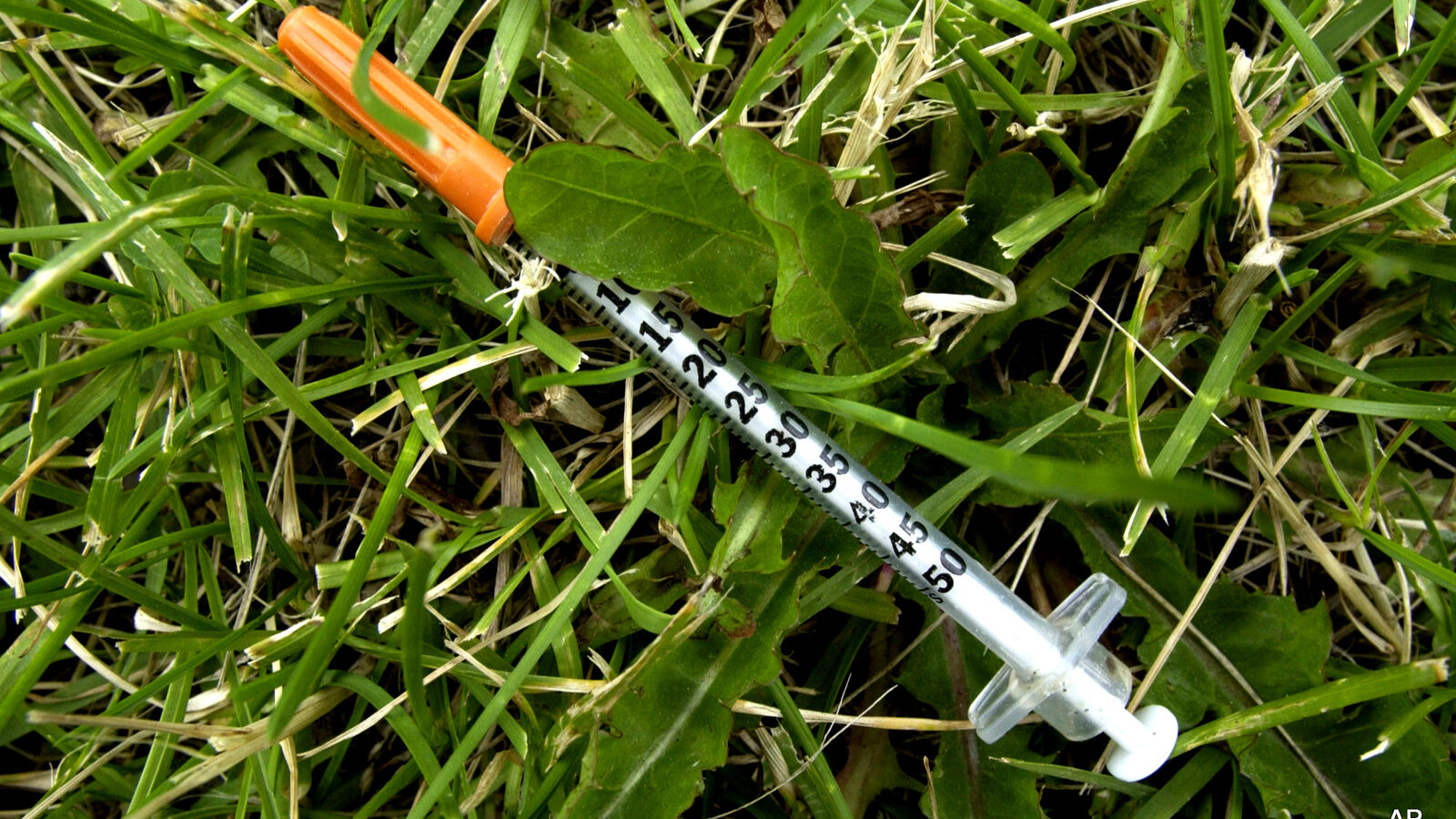
A recent Boston Globe article cited that heroin overdose has become the number one killer of Boston’s homeless population. Late last year, a similar studyfound that middle-aged, white Americans have been getting sicker and dying in greater numbers compared to the rest of the general population. Heroin overdose in particular has been called an “epidemic” in the city of Boston. But this “epidemic” is by no means a random occurrence. Capitalism, racism, and war have shaped not only how the heroin crisis is spoken about in the media, but also the very existence of the crisis itself.
First, heroin is not a drug that grows naturally. Just like any other commodity traded on the capitalist market, heroin derives from a natural resource that must enter a production cycle to be exchangeable. A key element to this production cycle is the US military. The US military has waged a fifteen-year long occupation of Afghanistan. Afghanistan also happens to be one of the largest growers of the opium poppy from which heroin is produced. Coincidentally, heroin overdoses nation-wide have increased dramatically around the same time that the growth of opium poppy has exploded in Afghanistan. This begs the question as to what extent the US government is involved in the trade and distribution of the potentially lethal drug.
Conclusive evidence does not exist to prove the US government’s direct involvement in the distribution of opium from Afghanistan to the US. However, images have been leaked through the internet from public intelligence that catch US troops monitoring large opium poppy fields. Furthermore, Afghanistan’s opium industry emerged directly after the US occupation in 2001 and has surged ever since. The US invasion destroyed much of Afghanistan’s infrastructure and left the majority of Afghans struggling to survive. As a trade off for “stability,” the US has allowed a small section of Afghanistan’s population to grow poppy as long as they agree to recognize the US-backed regime as the national government.
This development has led to Afghanistan becoming the opium country of the world. Afghanistan currently supplies 90 percent of the planet’s opium. This booming industry has found its way to US shores in the form of heroin. The increase in heroin use in Boston and cities all over the US has been one of the many forms of destruction brought about by the US invasion and occupation of Afghanistan. But it isn’t the first time that addictive substances have been used by the US government to support the interlocked interests of the capitalism, racism, and war.
In the 1980s, journalist Gary Webb of the Los Angeles Times blew the whistle on the CIA’s involvement in the transport and distribution of powder cocaine from Central America to drug kingpins in majority Black neighborhoods in California. Such distribution fueled the so-called War on Drugs that dramatically increased the number of Black people in US prisons and ratcheted up racist, militarized policing practices in the Black community. In a similar vein to the current relationship between the US occupation and the growth of opium poppy in Afghanistan, State Department funds were given to terrorist Contras waging war on behalf of Washington against the Sandinista socialist government of Nicaragua. These funds were used by the Contras to build financial relationships with drug traffickers, who then funneled cocaine to individuals such asFreeway Ricky Ross. The cocaine was subsequently distributed to the Black community in “crack” form.
The extensive record of the US government’s involvement in the trade of supposedly “illegal” is not without cause. Drugs play a critical role in the overall racist and capitalist order of US society. In the 1980s, US capitalism transitioned from a period of prosperity to a period of decline in the rate of profit. The rapid expansion of technological development brought about by unfettered US capitalist development sent the system’s primary measure of success, profits, into a steady descent. US firms made up for losses by deindustrializing US cities heavily concentrated with Black residents. Many of the Black workers that lost these jobs ended up filling the cells of the booming US prison system.
The so-called “crack epidemic” of the Reagan era provided the ideological justification and fear necessary to institute the large scale transfer of Black surplus labor into the prison system. The present “heroin epidemic” is driven by same conditions of capitalist displacement, but not the same fear. Capitalist crisis has hit the entirety of the working class, including white workers. Many white workers have turned to heroin to medicate the pain and depression that long-term unemployment induces. The secure, union jobs and wages that existed in the first half of the post-World War II era no longer exist. The lack of dignified, paid work has taken a social toll on white workers.
However, unlike the racist War on Drugs, the “heroin epidemic” has been treated as a health crisis by the establishment. This is largely due to the fact that most heroin users are white. The criminalization of White Americans would undermine the historical function of racism as the primary divider of the white poor from the oppressed Black community. It would fundamentally challenge the corporate order by eroding the “common sense” notion that being white means, at the very least, the guarantee of a humane existence in US society. And given the direction of the US capitalist system overall, the ideological force of whiteness may be all that the ruling class has left in its arsenal as more white Americans plunge into homelessness, poverty, and strife.
In one of his last speeches before his assassination, Martin Luther King Jr. denounced the Vietnam War by linking the brutal invasion with the “triple evils” of US society: racism, militarism, and materialism. The same causes of the Vietnam War that King cites also form the foundation of the heroin crisis in Boston and locales across the US. Exploitation and growing poverty has laid the economic basis for addiction. War has opened up trade routes for the growth and distribution of the illegal substances through the creation of worldwide instability. And racism, whether it is in the form of demonizing alleged Black crack users of the 80s or humanizing white heroin users of the 21st century, plays a critical role in justifying the state response to manufactured drug crises. This means that the fight against the heroin crisis must also be a fight against the triple evils of racism, capitalism, and war if the perils of addiction are to be truly eradicated.
American Herald Tribune is licensed under a Creative Commons Attribution-NonCommercial-ShareAlike 4.0 International License


